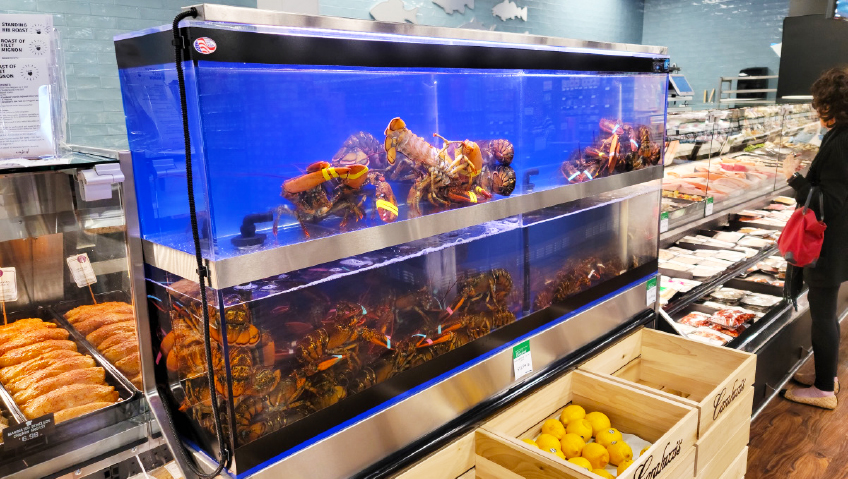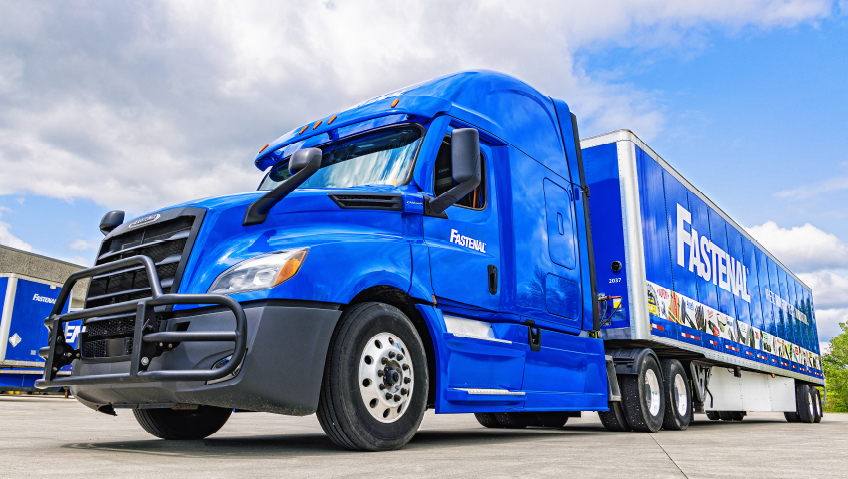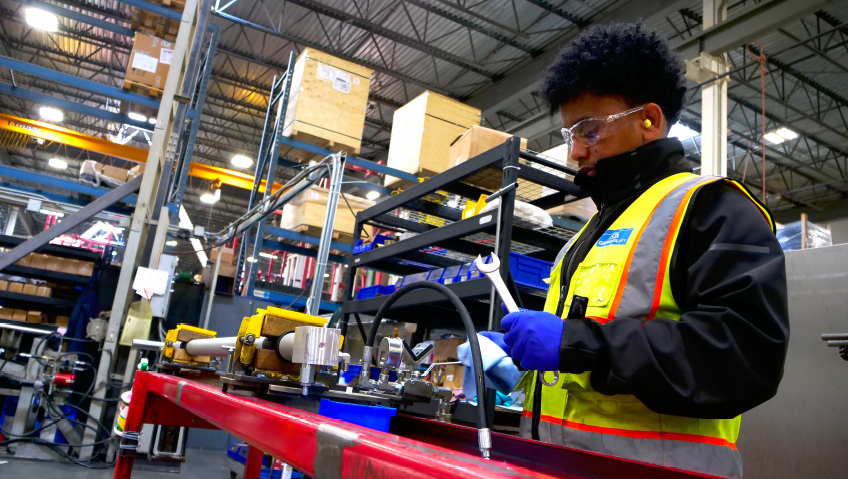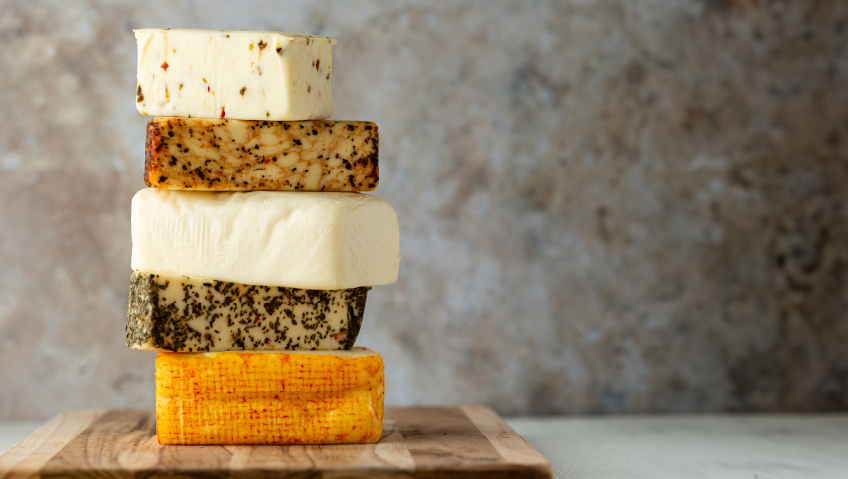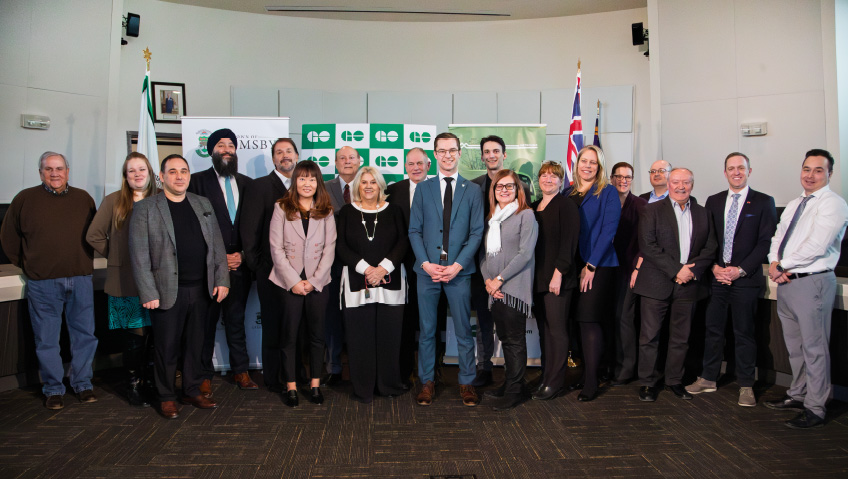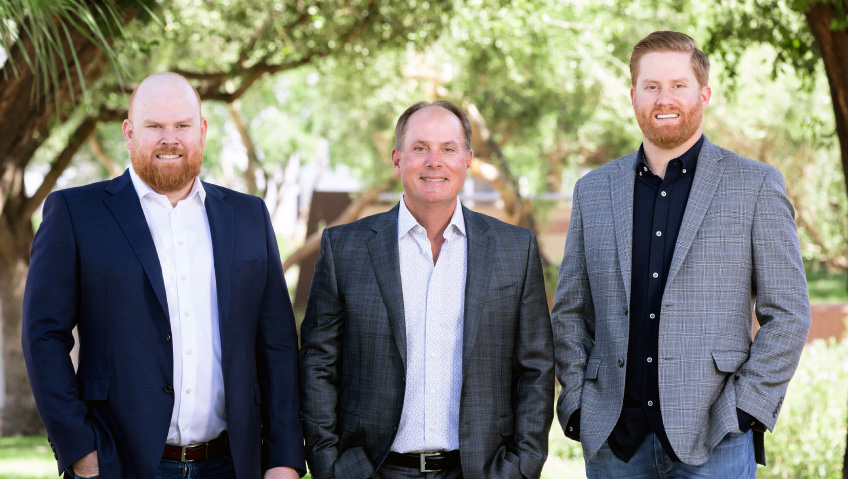Located in Lodi, New Jersey, Lobster Life Systems (LLS) is the premier designer and manufacturer of custom sustainable aquatic environments in the U.S. The company’s offerings include high-quality marine salt, lobster tanks, Shellfish Spa™, and all filtration supplies. The family-owned company serves national supermarket chains, independent grocers, restaurants, and seafood wholesalers in both the U.S. and Canada.
LLS has a team of certified EPA HVAC specialists who service all makes and models of aquariums. The company recognizes that an aquarium, lobster tanks included, is a living ecosystem, and routine maintenance is crucial in maintaining a well-functioning mechanical system to support the marine species that live within.
Not only does LLS offer its White Glove Quarterly Service (Full Service, every three months), it responds within 24 hours to emergencies in its service areas. In addition, LLS holds patents on innovative features including the Raintray Bio Filtration System™, Asset Protection™ built into every tank it manufactures, and the unique Signature Shellfish Spa™, set to be an industry game-changer.
To learn more about LLS’s products and services that guarantee supermarkets and restaurants can offer fresh, succulent, and healthy seafood products—lobster, oysters, clams, scallops, or crab—while ensuring the seafood department operates efficiently, we spoke with Thomas Olsen, company President and CEO.
Before Olsen took us back to LLS’s beginnings in 1989, he told us one thing that was important for readers to understand. “I cannot talk about my company or where we are today without talking about my Christian faith, which is the reason for our success. We are family-owned and faith-driven, and we feel our reason for being is serving others, doing good in the community, and giving back.”
The story behind Lobster Life Systems and marine salt
LLS was founded by chemist Richard Tokosh, who Olsen says held multiple patents for formulas he developed for cosmetics and soaps sold by Avon, as well as the Intuition razor with a built-in soap dispenser. But his venture into manufacturing marine salt was serendipitous. According to Olsen, Tokosh was having dinner with a friend who confided about difficulties in keeping fish alive in his aquarium and wondered if Tokosh could help, since he was knowledgeable about the different salts used in soap.
Tokosh had a good relationship with chemists at the University of Rhode Island’s oceanography department and together they formulated a marine salt, which Tokosh began manufacturing in his garage and giving to friends who found their fish thriving on it. Then he started selling it to local pet stores and supermarkets for use in live lobster tanks. At the time he was still working for Avon, but the marine salt business became so successful that he acquired a larger facility and hired his first employee, and so LLS was born.
The high-quality marine salt continues to be a cornerstone of the company to this day, with the product sold in 40-pound boxes in the eastern U.S. and shipped by truck to a distributor on the west coast.
Meanwhile, in 1989, Olsen was working his way through the seafood industry, starting at an independent fish market and then at ShopRite as seafood manager at the retail level, before being hired by the parent company, Wakefern Food, in a corporate position as seafood merchandiser. “I was planning new stores, recommending equipment and whatever it takes to increase sales, and I was buying lobster tanks from LLS,” he says.
Olsen had also developed a good relationship with Tokosh and, in 2012, he approached him about buying the company, as at age 70 he was ready to retire.
“He told me, ‘I have an investor who has a ton of money who wants to buy my company, but zero knowledge about the industry, and I have you, with a ton of knowledge and zero money. But I am not going to take the blood and sweat I put into this company and hand it over to an investor who will destroy it, as all investors understand is dollars and cents. You are the best person I know to grow the company.’”
By 2014, Olsen was ready. “After we talked numbers, I cashed out everything I owned, my 401(k), and my savings account, refinanced my house, and bought the company. To his credit, Richard held the note, and I repaid him over time.”
Custom manufacturing and advanced systems
10 years later, Tokosh’s belief in Olsen’s extensive 26-year industry experience and knowledge, and trust that he could “elevate LLS into a whole new stratosphere,” has been validated. Today it is a North American-wide company, with a 45 percent growth rate since 2014 and patented, innovative features, products, and services that put it ahead of the competition.
There are other companies manufacturing lobster tanks in an assembly line format, with standard sizes, “but we don’t do that. Everything we make is made by hand and made to order, and this is where we have a leg up, because I know from experience that every bit of real estate in a supermarket is valuable, and the merchandiser’s job is to capitalize on that.”
He shares an example of a situation where the equipment purchasing agent is dealing with a 31-inch space to fit in a lobster tank and the only offerings are either an inch too long or three inches too short, leaving an empty space that is too small to be used profitably. “So, we work with the blueprint, and we build the tank to fit and capitalize on sales,” he says.
“I live through the eyes of our customers (supermarkets, restaurants, and wholesalers); I know what they look for, how they operate, what goes on behind the counter, and I share this with my team so they can understand the world we service. Many companies operate in the red on lobsters and where we come in is with some of the features we have built into our tanks that will keep the lobster alive longer and make it easier for our associates to maintain and clean the tank, ultimately saving them money.”
Innovative offerings
In the event of a power or pump failure which prevents oxygen flowing into the water, lobsters will die, because they cannot live in stagnant water for more than an hour and will suffocate due to lack of oxygen. To overcome this, LLS has devised a system which, through the force of gravity when the power has failed, will allow the water to drop into a holding tank beneath the visible tank, allowing the lobsters to live up to 10 hours outside water. When the power returns, the tank will automatically fill up again.
“We call this Asset Protection™, the asset being the lobster, because the fatality rate has been greatly reduced,” Olsen shares.
Before lobsters can be put into a display case, they need to be purged—that is, placed in a container with cold water poured on their backs and left there for 20 minutes to urinate and defecate and acclimatize themselves to their new environment. Dealing with the process is a messy, unpleasant procedure for employees, often resulting in spills on the floor and splashes on workers, as store employees have to remove the lobsters and empty buckets of purged water. But LLS’ patented Self-contained Purge System has ended the messiness.
Under the display tank is a separate tank in which the lobsters are placed, and which is filled up with water from the display tank. After 20 minutes, the purge water is drained and the lobsters are removed, inspected, and then placed in the display tank, which has refilled. “We have made the process easy and sanitary. It’s a feather in our cap as no one else has done that and we’ve patented it.”
LLS’s newest product offer, developed and perfected over the last five years, is its Signature Shellfish Spa™. It is designed specifically for raw bar restaurants or any retailer who wants to up their seafood game by offering varieties of shellfish—mollusks, oysters, clams, steamers—that are the cleanest, freshest, and safest possible.
In an attractive unit, easily serviced from behind, ice-cold, UV-sterilized water is circulated and rained down upon multiple layers of shellfish varieties, giving overlooked varieties center stage. The shellfish are plump and juicy, the clams are sand-free, and even more important, they are clean. There’s an inherent danger in eating raw shellfish, as Olsen explains. “In their natural environment, clams and oysters are filter feeders, and they are taking in pathogens as they keep the water we swim in clean. We want to make the shellfish clean and safe for people to eat, and when the sterilized water passes through them, the pathogens are killed off,” he says.
“The UV-sterilization units we use are manufactured by Aqua Ultraviolet out of California, one of the largest producers of this type of unit. We put in two of them, so our units are rated to treat up to 300 gallons of water, although we only circulate 70 gallons. We overtreat as we understand the risks involved with raw seafood and we want to eliminate the risks.”
LLS engaged an independent laboratory to run comparison tests on seafood kept in the spa and refrigerated seafood. The tests showed that the amounts of coliform bacteria in refrigerated shellfish actually increased over time, whereas the amounts in shellfish from the spa decreased over time. The longer the time in the spa, the greater the decrease, while the converse was true for the refrigerated shellfish: the longer the latter were kept refrigerated, the more the bacteria proliferated.
This independent study gave Olsen the confidence to take the Signature Shellfish Spa™ to national restaurant shows in New York and Chicago, and since then interest has grown, with restaurants and retailers who have purchased the units indicating overwhelmingly positive responses from consumers and increased sales of over 50 percent.
The future for LLS
“Ours is a growing business,” Olsen concludes, “and I believe it is growing because we put our faith and trust in God. I’m not going to tell you I am the smartest businessman or a brilliant marketer, but I think our success is because of our faith and our commitment to our customers,” he says.
“We maintain a relationship with customers after our sales, and we do pride ourselves on these relationships and on being there for them when they call for advice. We remember who they are and when they call, we speak directly to them—there’s no automated answering service.” Something which this writer can verify!

